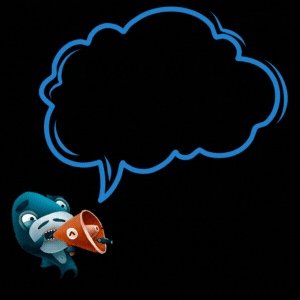If the barrier of entry is low, then more people are able to participate and contribute towards growing a particular sector or industry. This drives innovation, competition, and potentially lowering costs due to increased supply.
If the barrier of entry is high, then a filtering mechanism is created, and there may be less people participating and contributing towards growing that particular sector or industry, and this tends to lead into higher quality control, stability, but also potentially higher prices and less innovation due to less competition.
These are more or less the two end points, so to speak, and can be relatively put into a decentralized (low barrier of entry) and centralized (high barrier of entry) category.
Of course, one could also put them into a hierarchical system, going from downstream (low barrier of entry) to upstream (high barrier of entry).
Downstream industries are often more accessible and less specialized, while upstream industries require more investment, expertise, and resources.
Web 2.5
But what I really want to put attention on is the range between both end points. I think that's where we get to experience the dynamic nature of market evolution, in the sense that industries adjust, adapt, and sometimes merge elements from both models/end points to optimize growth and efficiency.
As an example, the evolution from Web 2.0 to Web 2.5 represents an interesting blend of decentralized and centralized elements.
Web 2.0 is characterized by user-generated content, social media platforms, and the democratization of content creation.
Super low barrier of entry, since anyone can become a content creator or developer.
On Web 2.5, there's an integration of elements of Web 3.0's decentralized technologies like blockchain, to enhance user privacy, enable data sovereignty, and introduce decentralized finance etc.
Here, the barrier to entry remains relatively low for users to engage with these new technologies, but the underlying infrastructure demands more specialized knowledge, creating a hybrid environment where both models coexist and interact.
Perhaps, Mocaverse network is a great example of this, building a web3 infrastructure to onboard consumers from the digital space in general.
Telegram, with their recent launch of mini-apps could also be another example.
Logically Easy
From an individual perspective, especially when starting out, logic tells us to move downstream or get into the decentralized category.
For example, when it comes to making money, we try out gig economy jobs, freelancing, or small-scale entrepreneurship which require minimal initial investment and offer quick market entry.
At least for me, the first impression I got with experiencing this end point is that of liberation and opportunity mixed with the realization of saturation and the challenge of standing out in a crowded marketplace.
It feels more or less like a double-edged sword where the ease of entry comes with the difficulty of differentiation.
There's also this misconception(which I had) that this end point is qualitatively less valued or less prestigious, especially when compared to the other end point, the upstream one.
The Place To Be
In reality, this is a half truth. Because the decentralized, low-barrier environment provides a fertile ground for innovation, grassroots movements that can eventually lead to significant socio-economic changes.
As a participant, what we need to develop is discernment, to create a filter that can help us separate between the signal and mere noises.
Besides, this in some ways also proves that value and impact aren't solely the domain of high-barrier industries despite the wealth of resources at their disposal.
I think part of the reason why some web3 people are nostalgic about the web1 world and like draw parallels with web3 is the ethos of decentralization and user empowerment in web3 echoes the openness and freedom of the web1 era.
That period saw the rise of phenomena like the blogosphere, open-source software, and the first wave of e-commerce. Grassroot movements that challenged traditional business models and fostered a culture of innovation and collaboration, showing that from humble, accessible beginnings can emerge powerful, transformative forces in both the economy and society.
Thanks for reading!! Share your thoughts below on the comments.


